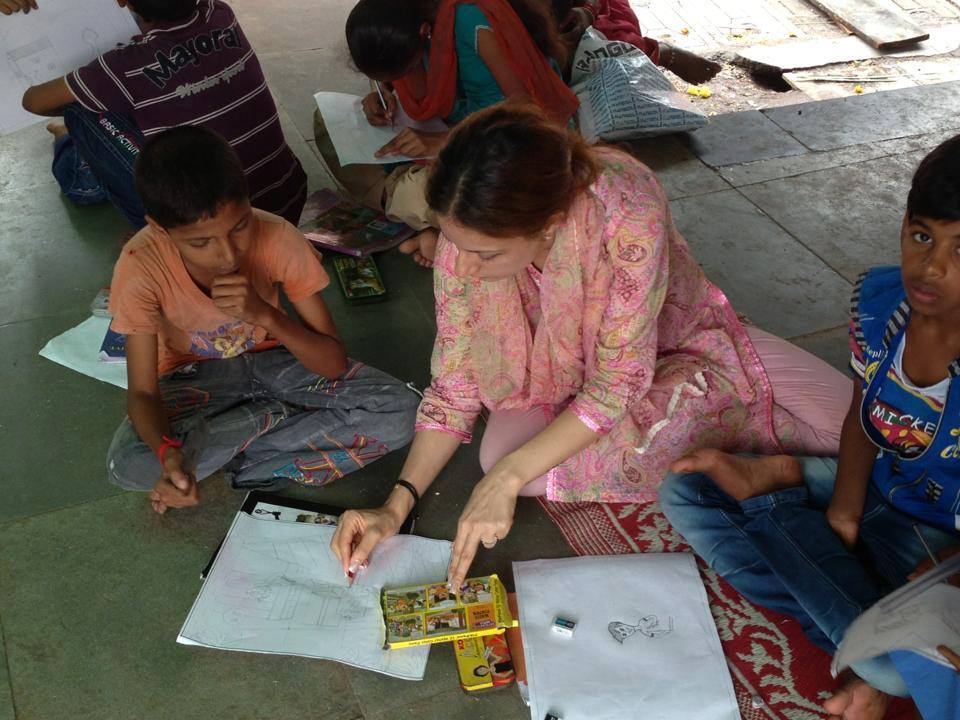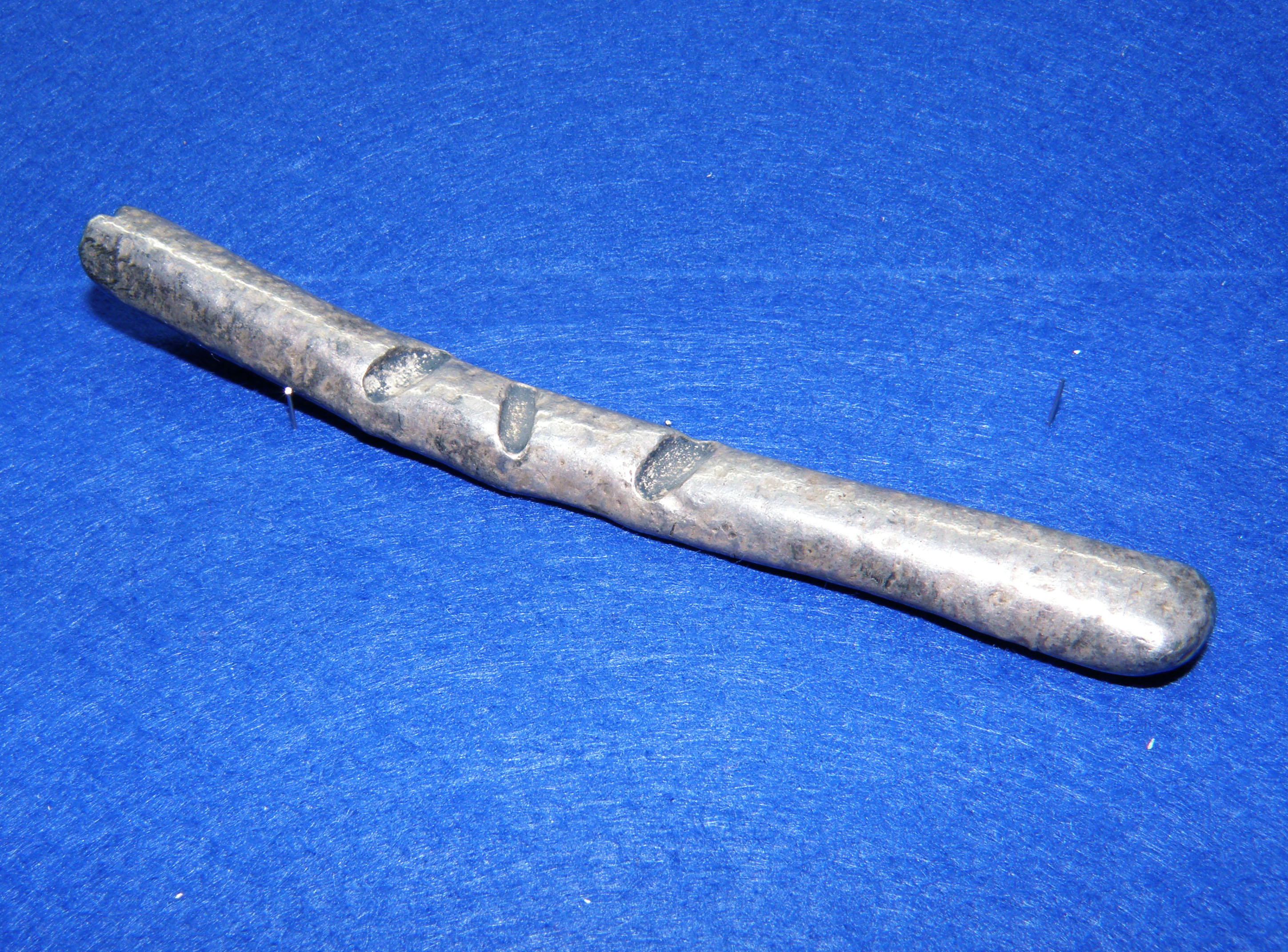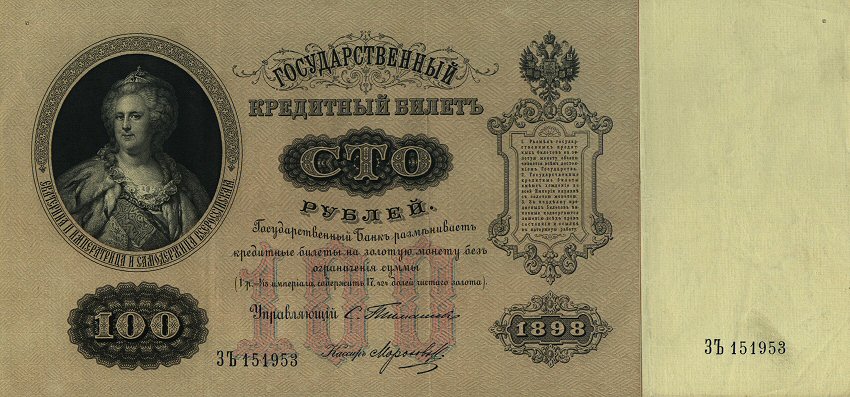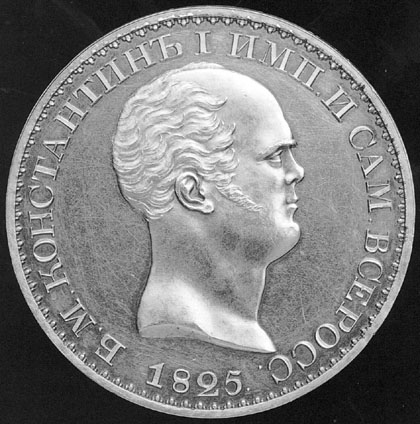|
Ruble (other)
Ruble or rouble is the name of currency units used in Russia and some other eastern European states. Ruble or rouble may also refer to: Currencies in circulation * Russian ruble * Belarusian ruble * Transnistrian ruble Former currencies This list may not contain all historical rubles, especially rubles issued by sub-national entities. Soviet ruble * Sovznak * Ruble of the Far-Eastern Republic * Transcaucasian ruble * Chervonets * Soviet ruble; in various Soviet republics the ruble carried local names as well Pre-Soviet currencies * Armenian ruble * Azerbaijani ruble (''ruble'' is the Russian name of the first Azerbaijani manat) * Georgian ruble (''ruble'' is the Russian name of the Georgian maneti) * Latvian ruble * * Tajikistani ruble * Transcaucasian ruble * Ukrainian coupon (Ukrainian karbovanets) * Tuvan akşa and kɵpejek Imperial Russia * Silver ruble (1704–1897), Assignation ruble (1769–1849), Constantine ruble (collectible) * Gold ruble (1897–1917), Bru ... [...More Info...] [...Related Items...] OR: [Wikipedia] [Google] [Baidu] |
Ruble
The ruble (American English) or rouble (Commonwealth English) (; rus, рубль, p=rublʲ) is the currency unit of Belarus and Russia. Historically, it was the currency of the Russian Empire and of the Soviet Union. , currencies named ''ruble'' in circulation include the Belarusian ruble (BYN, Rbl) in Belarus and the Russian ruble (RUB, ₽) in Russia. Additionally, the Transnistrian ruble is used in Transnistria, an unrecognized breakaway province of Moldova. These currencies are subdivided into one hundred kopeks. No kopek is currently formally subdivided, although ''denga'' (½ kopek) and ''polushka'' (½ denga, thus ¼ kopek) were minted until the 19th century. Historically, the grivna, ruble and denga were used in Russia as measurements of weight. In 1704, as a result of monetary reforms by Peter the Great, the ruble became the first decimal currency. The silver ruble was used until 1897 and the gold ruble was used until 1917. The Soviet ruble officially replaced ... [...More Info...] [...Related Items...] OR: [Wikipedia] [Google] [Baidu] |
Tuva
Tuva (; russian: Тува́) or Tyva ( tyv, Тыва), officially the Republic of Tuva (russian: Респу́блика Тыва́, r=Respublika Tyva, p=rʲɪˈspublʲɪkə tɨˈva; tyv, Тыва Республика, translit=Tyva Respublika ), is a federal subject of Russia (a republic, also defined in the Constitution of the Russian Federation as a state). The Tuvan Republic lies at the geographical center of Asia, in southern Siberia. The republic borders the Altai Republic, the Republic of Khakassia, Krasnoyarsk Krai, Irkutsk Oblast, and the Republic of Buryatia in Russia and Mongolia to the south. Tuva has a population of 307,930 ( 2010 census). Its capital is the city of Kyzyl. From 1921 to 1944, Tuva constituted a sovereign, independent, but partially recognized nation, acknowledged only by its neighbors the Soviet Union and Mongolia. It was known officially as Tannu Tuva until 1926 and thereafter as the Tuvan People's Republic. A majority of the population are ethni ... [...More Info...] [...Related Items...] OR: [Wikipedia] [Google] [Baidu] |
Rouble Nagi
Rouble Nagi (born 8 July 1980) is an Indian artist specialising in sculptures, art installations and paintings. She is the Founder of Rouble Nagi Art Foundation. She is also the founder of Rouble Nagi Design Studio. She has over 800 murals to her credit and has held over 150 exhibitions. She is a member of the India Design Council (IDC). She has taken up an initiative to start Mumbai beautification with ‘Art Installations’ in and around the city. Her latest initiative named "Misaal Mumbai" is the first slum painting initiative in India, through which she has painted over 24000 houses to date. A project to paint houses in slums in Mumbai to give life to the slum and keep it clean and hygienic. Nagi was born in 1980 in Jammu & Kashmir, India. She did undergraduate studies in political science and later studied fine art at the Slade School of Fine Art in London. She has also studied European Art at Sotheby's London. Rouble Nagi Art Foundation Rouble Nagi Art Foundation ... [...More Info...] [...Related Items...] OR: [Wikipedia] [Google] [Baidu] |
Joseph Ruble Griffin
Joseph Ruble Griffin (July 4, 1923 – December 29, 1988)Deborah Skipper, "Supreme Court Justice Ruble Griffin is the 4th State Judge to Die in a Month", ''Jackson Clarion-Ledger'' (December 30, 1988), p. Al. was a justice of the Supreme Court of Mississippi from 1986 to 1988. Leslie SouthwickMississippi Supreme Court Elections: A Historical Perspective 1916-1996 18 Miss. C. L. Rev. 115 (1997-1998). Born in Woodland, Mississippi, Griffin received a B.A. from the University of Mississippi, followed by a J.D. from the University of Mississippi School of Law in 1936. He served in the United States Army during World War II World War II or the Second World War, often abbreviated as WWII or WW2, was a world war that lasted from 1939 to 1945. It involved the vast majority of the world's countries—including all of the great powers—forming two opposin ..., from 1943 to 1946. In 1972, Griffin was appointed to a seat on the state circuit court vacated by the elevatio ... [...More Info...] [...Related Items...] OR: [Wikipedia] [Google] [Baidu] |
Lithuanian Long Currency
The so-called Lithuanian long currency was a type of money used by the Baltic tribes and in the early Grand Duchy of Lithuania in the 12th–15th centuries. It was commodity money in the form of silver ingots. Most often they were semicircular rods about in length and weighted between . Other trading centers, notably Kievan Rus' and Veliky Novgorod, developed their own version of such ingots which are known as grivna or grzywna. The ingots were replaced by minted coins in the middle of the 15th century. Terminology The currency was mentioned already by Tadeusz Czacki (1800) and Simonas Daukantas (1845). In 1932, Povilas Karmaza published an extensive study on a hoard found in Ribiškės. He measured, weighted, and classified about 400 pieces of semicircular cast ingots, but this work was limited to this one hoard. G. Federov (1949) was the first to attempt to create a classification system and topography of the findings to date. This work was still confused and incomplete. In 1 ... [...More Info...] [...Related Items...] OR: [Wikipedia] [Google] [Baidu] |
Bouvet Ruble
Bouvet can have the following meanings: Places * Bouvet Island, an uninhabited Norwegian island in the South Atlantic People * Joachim Bouvet (1656–1730), French Jesuit who worked in China, leading member of the Figurist movement * Jean-Baptiste Charles Bouvet de Lozier (1705–1786), French explorer, discovered Bouvet Island *René Joseph Bouvet de Précourt (1715 — 1782), French Navy officer, captain of ''Ajax'' in Suffren's squadron during the War of American Independence * Pierre-Servan-René Bouvet (1750 — 1795), French Navy officer, officer in Suffren's squadron during the War of American Independence * François Joseph Bouvet de Précourt (1753–1832), French admiral *Pierre François Étienne Bouvet de Maisonneuve (1775–1860), French Navy officer *Gustave Bouvet On Bastille Day 1922, anarchist Gustave Bouvet attempted to assassinate French President Alexandre Millerand. Background Gustave Bouvet (1898–1984) was raised in Angers and moved to Paris as a tee ... [...More Info...] [...Related Items...] OR: [Wikipedia] [Google] [Baidu] |
Qiang Tie
''Qiang tie'' ( zh, c=羌帖, p=qiāng tiē) is a Chinese folk name for banknotes of the Russian ruble issued by the Russian Empire and later by the White Army. The main regions of ruble transactions in China were concentrated along the Chinese Eastern Railway and Harbin in Manchuria and Ili Kazakh Autonomous Prefecture, Ili and Tacheng in Xinjiang. Russian currency in China began circulating in the 1860s and were withdrawn due to severe depreciation in the mid-1920s. There were many ''qiang tie'' sources, including the Central Bank of Russia, State Bank of the Russian Empire, the Russian Provisional Government, Omsk bonds issued by the Provisional All-Russian Government, the Russo-Chinese Bank, and the administration of the Eastern Railway. Name The term ''qiang tie'' is popular among many northwestern eastern Chinese residents; though never used officially, the term ''qiang tie'' and ''qiangyang'' (羌洋) frequently show up in various Chinese documents. Similar to ''qiang ti ... [...More Info...] [...Related Items...] OR: [Wikipedia] [Google] [Baidu] |
Kerenka
Kerenka (russian: керенка) was an informal name of banknotes issued by the Russian Provisional Government in 1917, named so after the chairman Alexander Kerensky. They were also issued by the Gosbank of the Soviet Russia during 1917-1919 from the same plates until the introduction of '' sovznaks''. Economy of Russia Economy of the Soviet Union Modern obsolete currencies Russian Provisional Government 1917 in Russia {{Econ-hist-stub ... [...More Info...] [...Related Items...] OR: [Wikipedia] [Google] [Baidu] |
German Ostrubel
Ostrubel (German and Polish: ; Latvian and Lithuanian: ; russian: Острубль) is the name given to a currency denominated in copecks and rubels, which was issued by Germany in 1916 for use in the eastern areas under German occupation ( and the Government General of Warsaw). It was initially equal to the Imperial rouble. The reason for the issue was a shortage of currency. The banknotes were produced by the in (now ) on 17 April 1916. From 4 April 1916, the circulated alongside the in the area, with = 1 . In the Government General of Warsaw the was replaced by the Polish on 14 April 1917. Denominations The denominations available were: * 20 copecks; * 50 copecks; * 1 rubel; * 3 rubels; * 10 rubels; * 25 rubels; * 100 rubels. The front sides of the banknotes carry a warning in German against forging banknotes. On the reverse sides is the same warning in Latvian (with old style orthography), Lithuanian and Polish. There were also 1 copeck, 2 copeck and 3 copeck ... [...More Info...] [...Related Items...] OR: [Wikipedia] [Google] [Baidu] |
Constantine Ruble
The Constantine ruble is a rare silver coin of the Russian Empire bearing the profile of Constantine, the brother of emperors Alexander I and Nicholas I. It was prepared to be manufactured at the Saint Petersburg Mint during the brief Interregnum of 1825 but has never been minted in numbers and never circulated in public. The fact of its existence, classified in Russia until 1886, leaked into European press in 1857. According to Ivan Spassky, there are eight genuine Constantine rubles of two different types. Five are proof coins complete with edge lettering. A hypothetical sixth coin of this type was probably minted in December 1825 and disappeared without trace. Three coins of the so-called ''Schubert ruble'' type have no edge lettering. They are, most likely, intermediate work-in-progress proofs illegally removed from the Mint. Three Constantine rubles are currently preserved at the Hermitage Museum and the State Historical Museum in Russia and the Smithsonian Institution in ... [...More Info...] [...Related Items...] OR: [Wikipedia] [Google] [Baidu] |
Assignation Ruble
The Assignation ruble (russian: ассигнационный рубль; ''assignatsionny rubl'') was the first paper currency of the Russian Empire. It was used from 1769 until 1849. The Assignation ruble had a parallel circulation with the silver ruble; there was an ongoing market exchange rate for these two currencies. In later period, the value of the Assignation ruble fell considerably below that of the silver ruble. History In 1768, during the reign of Catherine the Great, the Assignation Bank was founded to issue the first official paper currency. It opened branches in St. Petersburg and Moscow in 1769. Several bank branches were afterwards established in other towns, called government towns. Notes of the denominations 100, 75, 50, and 25 rubles were issued upon payment of similar sums in copper money, which were refunded upon the presentation of those paper notes. The emergence of Assignation rubles was due to large government spending on military matters, leading to a s ... [...More Info...] [...Related Items...] OR: [Wikipedia] [Google] [Baidu] |
_front.jpg)





.jpg)